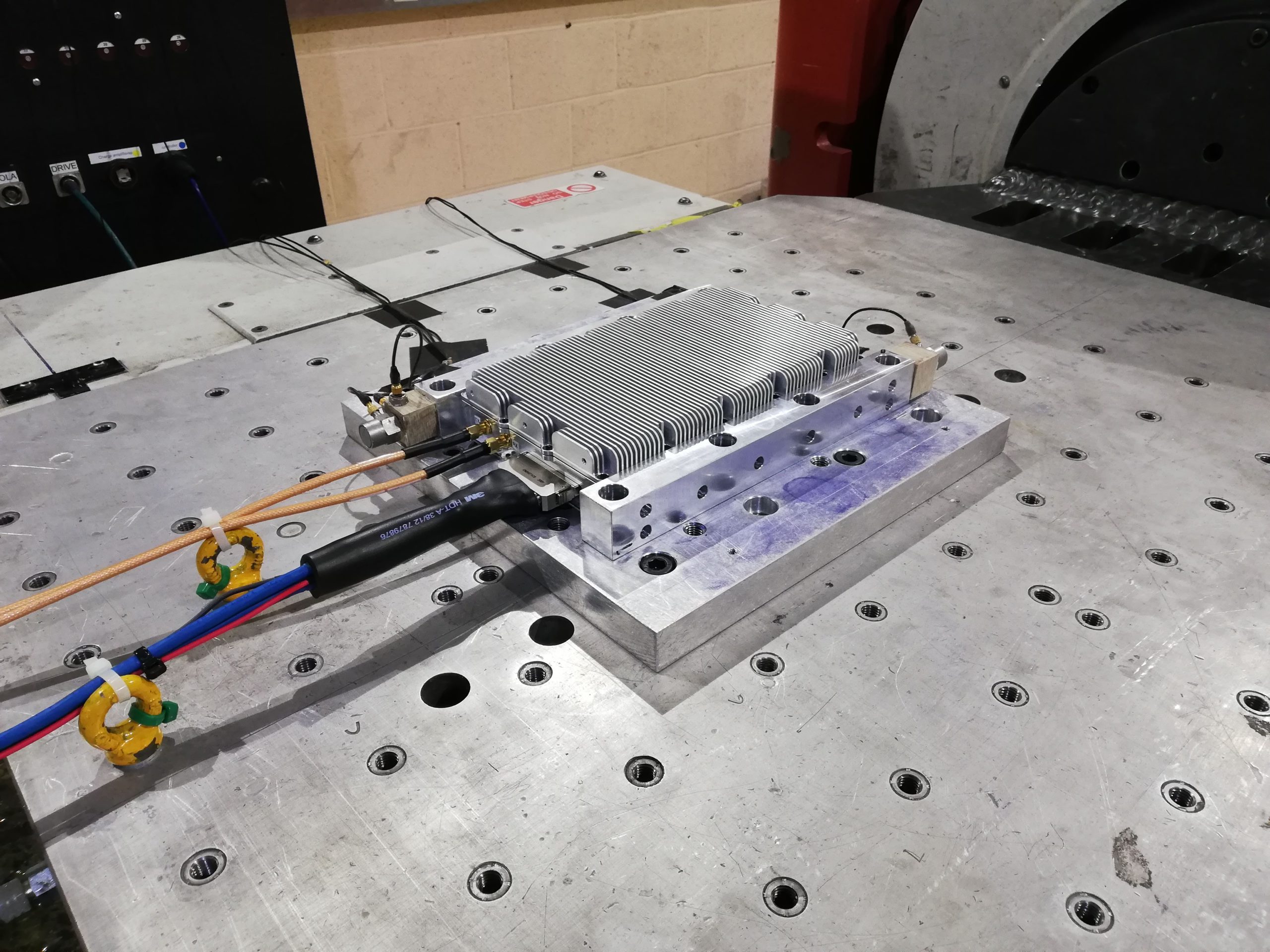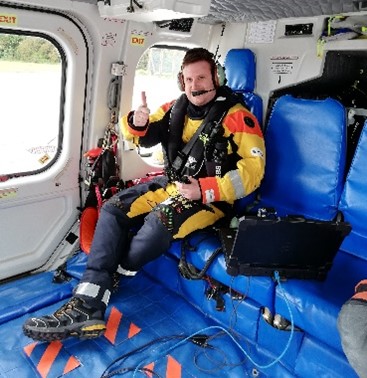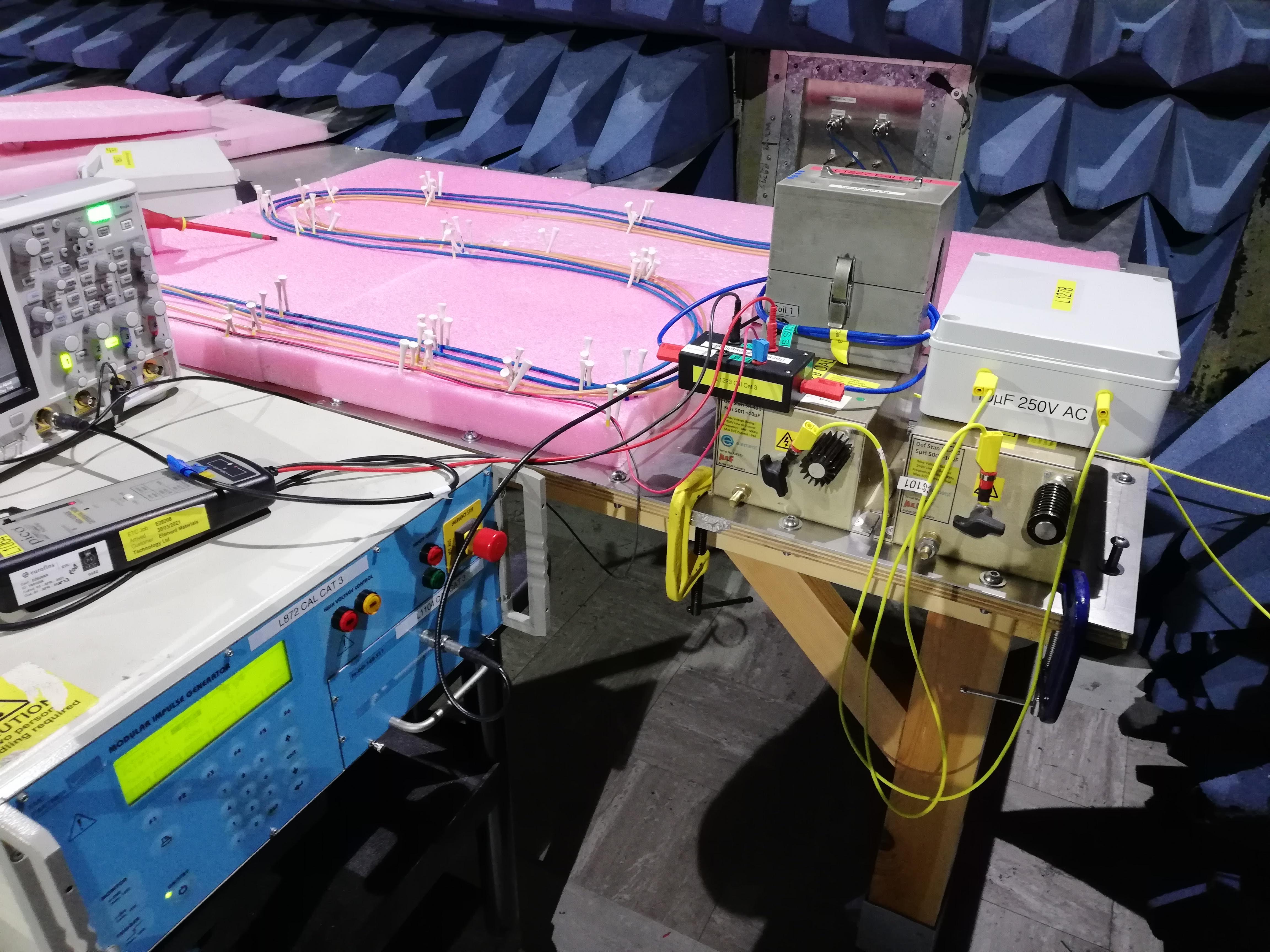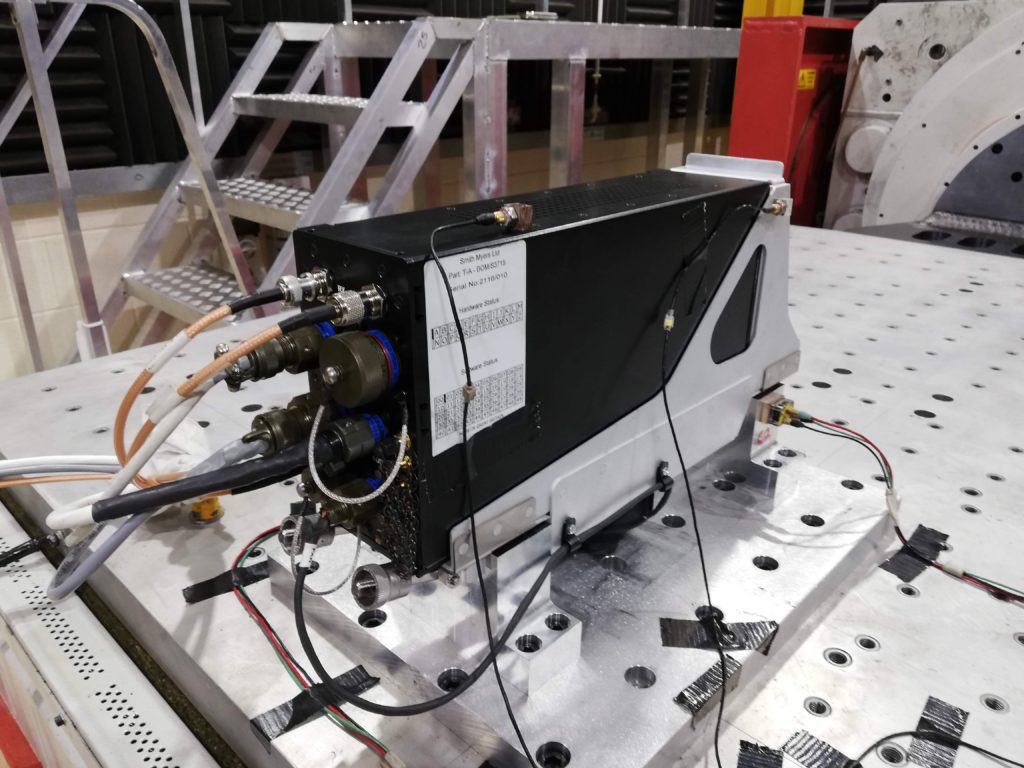
Smith Myers Insight Series
Biggleswade, UK — 24th July 2023 —
Author Nathan Herbert
Smith Myers has kicked off the Insights Series, starting with blogs from Nathan Herbert, Director Hardware Development, where he explores DO-160G, Environmental Conditions and Test Procedures for Airborne Equipment, the standard for the environmental testing of avionics hardware.

“Nathan joined Smith Myers in 1998 as an Apprentice, working as a Test Technician in the Test Department. Over the course of 25 years with Smith Myers, he has risen through several technical and customer facing roles within the company, ultimately leading the company’s hardware design, development, and test activities during the recent transition into the Aerospace Sector. Nathan holds a deep understanding of customer needs and requirements in what is a quick-moving and highly demanding industry. Nathan was appointed to the Board in January 2023..
Not just a tick in the box. Part 1: Why test to DO-160G?
As a system intended to be mounted and operated almost exclusively in an aircraft, the Artemis products are designed, manufactured and extensively tested to be compliant to DO-160G standards. Smith Myers works closely with world class external Environmental and Electromagnetic testing facilities for ensuring DO-160G qualification, and a leading Aircraft manufacturer for Production Testing and Verification.
Some may ask; why bother? This increases the cost and time to design and manufacture for us; other manufacturers either do not certify their products, or perform a minimal “Shake and Bake” testing regime. DO-160 is a standard published and maintained by the industry group Radio Technical Commission for Aeronautics known as RTCA and is recognised as the de facto world standard by the FAA and EASA.
D0-160G covers far more than the simple “Shake and Bake”. There are 23 test procedures in DO-160:
| Temperature and Altitude
| Temperature Variation
| Humidity
| Operational Shocks and Crash Safety
| Vibration
| Explosive Atmosphere
| Waterproofness
| Fluids Susceptibility
| Sand and Dust
| Icing
| Electrostatic Discharge
| Audio Frequency Conducted Susceptibility – Power Inputs
| Salt Fog
| Fungus Resistance
| Magnetic Effect
| Power Input
| Voltage Spike
| Fire and Flammability
| Induced Signal Susceptibility
| Radio Frequency Susceptibility
| Radio Frequency Susceptibility (Radiated and Conducted)
| Emission of Radio Frequency Energy
| Lightning Induced Transient Susceptibility
| Lightning Direct Effects
(source: https://do160.org/rtca-do-160g/)

As can be seen, Electromagnetic compatibility is a large part of the test regime and in many aspects is the more important aspect of the testing program. EMI/EMC issues can be the most insidious of integration issues within a complete avionics system. A product inadvertently producing electromagnetic or RF noise introduced into a complex system can potentially produce spurious behaviour or reduced performance of core avionics or ancillary systems. If this is transitory or intermittent, this can be costly and time consuming to fault find and eliminate.
Many other parts of the test procedures ensure the unit will remain operational and safe under trying or extreme external environmental conditions. A System designed and tested on an office workbench cannot be assumed to remain functional under the extreme vibrational, thermal, humid or dusty environment of a SAR Helicopter operating in the high arctic or Desert seaboard.

Key to all these tests is safety. They ensure the device will not become a hazard under any conditions. For example, the Operational Shock tests ensure the unit will continue to function correctly following exposure to shocks experienced during normal operations. These shocks typically occur during taxiing, landing or turbulence during flight. However, the Crash Safety shock tests are performed at much higher levels to verify that equipment will not detach from its mountings and/or cause a hazard during an emergency landing, for example, a unit breaking off its mounts and careening into the back of the pilots head.
We say; The safety of air transportation requires aircraft qualifications to be the most demanding in the world. Only by adhering to these stringent requirements can Smith Myers ensure the operational safety and performance of the host aircraft and its crew. Only by exposing our products to the extreme environmental environments the system might potentially be exposed to via independently tested criteria can we help ensure our products remain safe and operable during all expected and unexpected aircraft operations.
